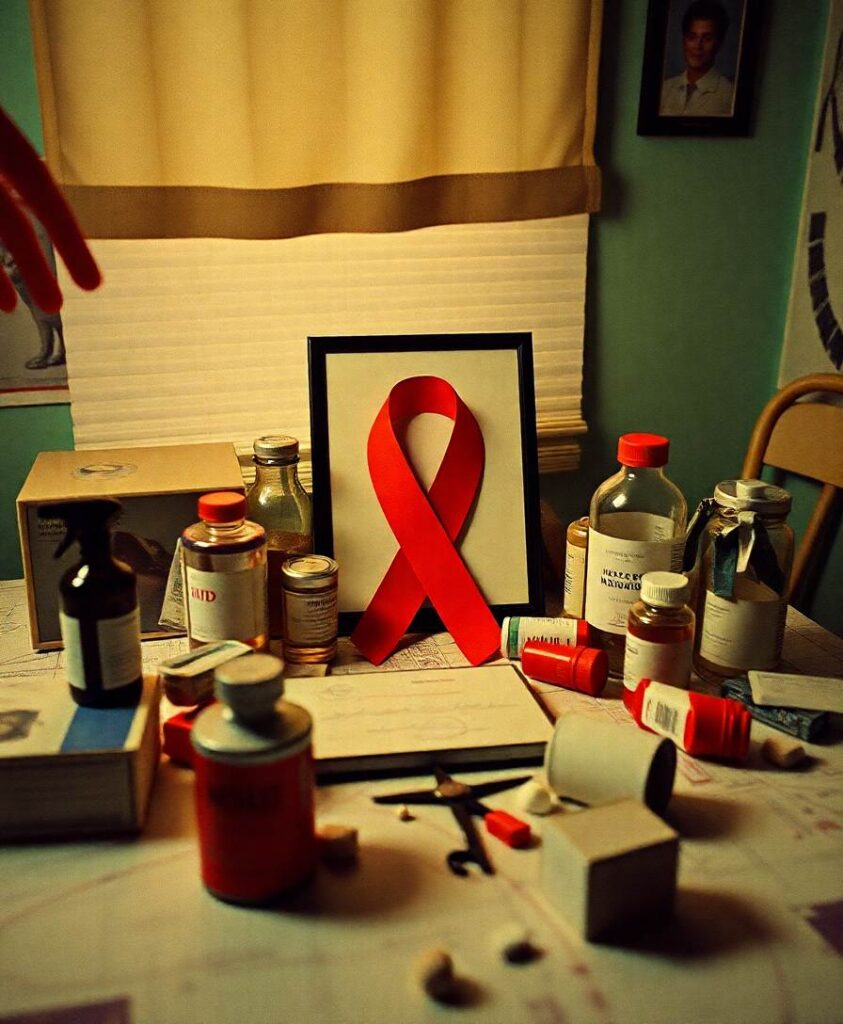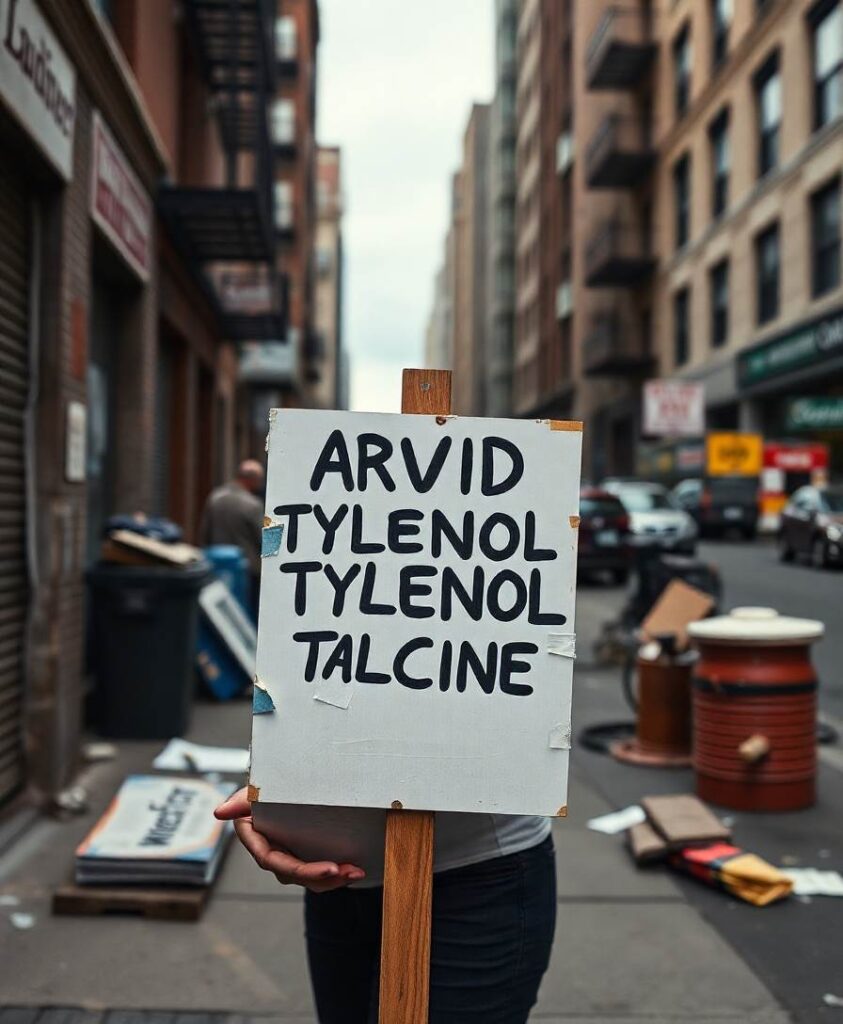Living through the quiet, unseen struggles of mental health and addiction can feel like carrying a heavy weight in your chest — a sensation many know all too well. It’s that ache of loneliness, the mounting tide of despair, or the fear that help might be slipping further outside reach. When government priorities shift, especially around funding for mental health and addiction programs, it’s not just policies on paper — it’s real lives, real safety nets, and real hope that hang in the balance.
As the early outlines of President Trump’s 2026 budget proposal come into focus, a concerning picture emerges for those of us who rely on or care about mental health services. The proposal hints at significant cuts, including more than $22.6 billion slashed from federal agencies that support mental health and addiction recovery. Even if this is just a preliminary “skinny budget,” it signals priorities that could make it harder for millions of Americans to access the support they need during their darkest hours, especially in communities already facing disparities.
What could shrinking mental health programs mean for those seeking help?
One of the most urgent points of concern is the future of suicide prevention initiatives, including the 988 crisis hotline. Since its launch in 2022, 988 has become a vital lifeline, handling millions of calls and texts from people in crisis. Yet, the official budget documents suggest that funding for these programs may be dramatically reduced, with some sources citing potential cuts that could eliminate or weaken the very services designed to catch people before they fall off the edge.
The question becomes: Will the vital safety nets like 988, which have proven crucial during our ongoing mental health crisis, be preserved? Or will they be left vulnerable, making it harder for individuals in distress to find immediate help? The discrepancy in budget reports adds to the uncertainty, leaving advocates and families worried about whether these life-saving programs will be sustained.
Living with a mental health challenge often means navigating a complex web of support, and when those supports are threatened, the impact can be devastating. For someone contemplating suicide or battling addiction, even a small reduction in available resources can feel like the ground is shifting beneath their feet.
Cutting tools for overdose prevention could make the crisis worse
Beyond mental health, the budget proposals cast a shadow over efforts to combat the overdose epidemic, which claims thousands of lives each year. Programs aimed at harm reduction, such as distributing sterile syringes and providing access to overdose reversal drugs like naloxone, are proven to save lives and reduce the spread of infectious diseases.
However, the early budget hints at eliminating or reducing the funding for centers that oversee overdose prevention initiatives. Calling harm reduction activities “dangerous” dismisses the science and the stories of lives saved because of these programs. Without accessible tools like sterile syringes or naloxone, communities face higher risks of infectious disease outbreaks and preventable deaths — especially in marginalized populations who often rely on community-based programs for support.
The fear is that these cuts won’t just slow progress; they could reverse the gains made in recent years, leading to more overdoses, more suffering, and more families left to pick up the pieces.
Research and community outreach could suffer, widening health disparities
The proposed budget also targets research efforts aimed at understanding and addressing disparities in mental health and addiction. Cutting nearly $18 billion from the National Institutes of Health, including centers dedicated to minority health disparities, risks leaving vulnerable communities even more isolated.
Communities of color, such as Black and Native American populations, already experience higher rates of overdose and suicide, yet their needs often go unaddressed. When research funding diminishes, so does our understanding of the unique pathways that lead to these disparities, and the tailored interventions that could save lives.

For those who live at the intersection of race, poverty, and mental health struggles, these budget decisions can feel like a rejection of their very realities. Support that is culturally sensitive and community-specific is essential, and without it, disparities will likely deepen.
—
Living with mental health challenges and addiction is already a journey of resilience. Government policies that threaten to cut essential programs threaten to make that journey even harder, especially for the most vulnerable among us. As these budget proposals continue to evolve, the hope is that policymakers will recognize the importance of these programs — not just as lines on a page, but as lifelines for millions of Americans seeking support, dignity, and a chance at healing.
Learn More: 3 Things to Watch on Mental Health in Trump’s Early Budget Proposals
Abstract: Since President Donald Trump released his 2026 budget blueprint in early May, calling for $163 billion in federal spending cuts, much of the attention has focused on his slashing of foreign aid and boosting of border security. But the proposal also holds important clues — amid some mixed messages — about the administration’s approach to two pressing public health issues: mental health and addiction.
Link: Read Full Article (External Site)


